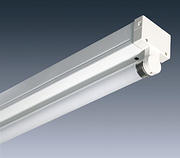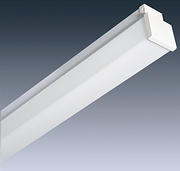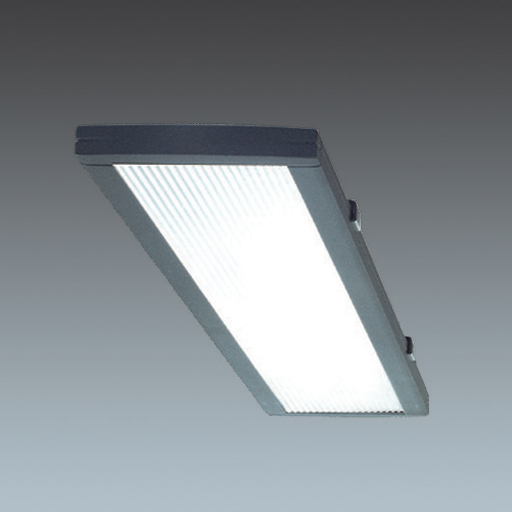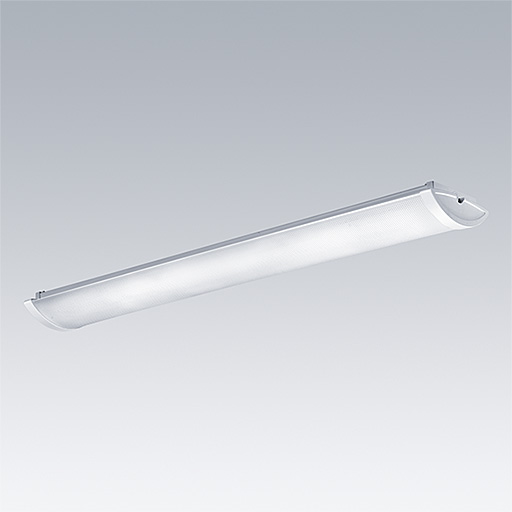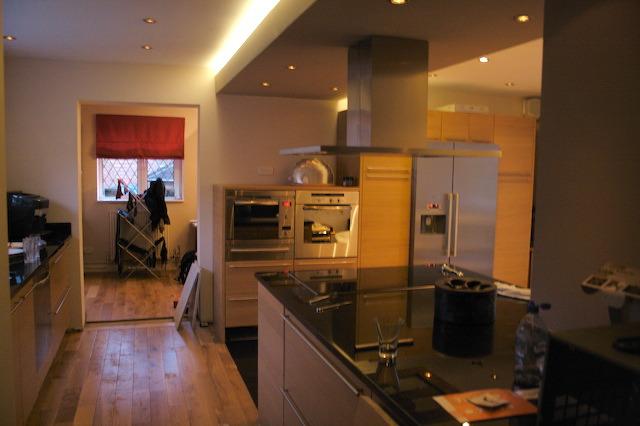- Joined
- 16 Jan 2012
- Messages
- 2
- Reaction score
- 0
- Country

I am having a lot of work done to my house, single extension to the rear, double at the side and loft conversion. Part of this is a full rewire obviously including new lighting in places like the kitchen (which will have a vaulted ceiling at the back in the extension) and the loft.
I had assumed I would get downlighters with possibly LED based lamps installed. I have no idea whether these would have been mains or 12v ones.
However after having read about a bit it seems far from certain that this would be a good choice. Lots of talk on here about how downlighters are a bit rubbish etc.
So what would people recommend in general. Any other factors I should be considering? I'd like to be as energy efficient as I can given it is essentially a blank piece of paper.
Thanks.
I had assumed I would get downlighters with possibly LED based lamps installed. I have no idea whether these would have been mains or 12v ones.
However after having read about a bit it seems far from certain that this would be a good choice. Lots of talk on here about how downlighters are a bit rubbish etc.
So what would people recommend in general. Any other factors I should be considering? I'd like to be as energy efficient as I can given it is essentially a blank piece of paper.
Thanks.


